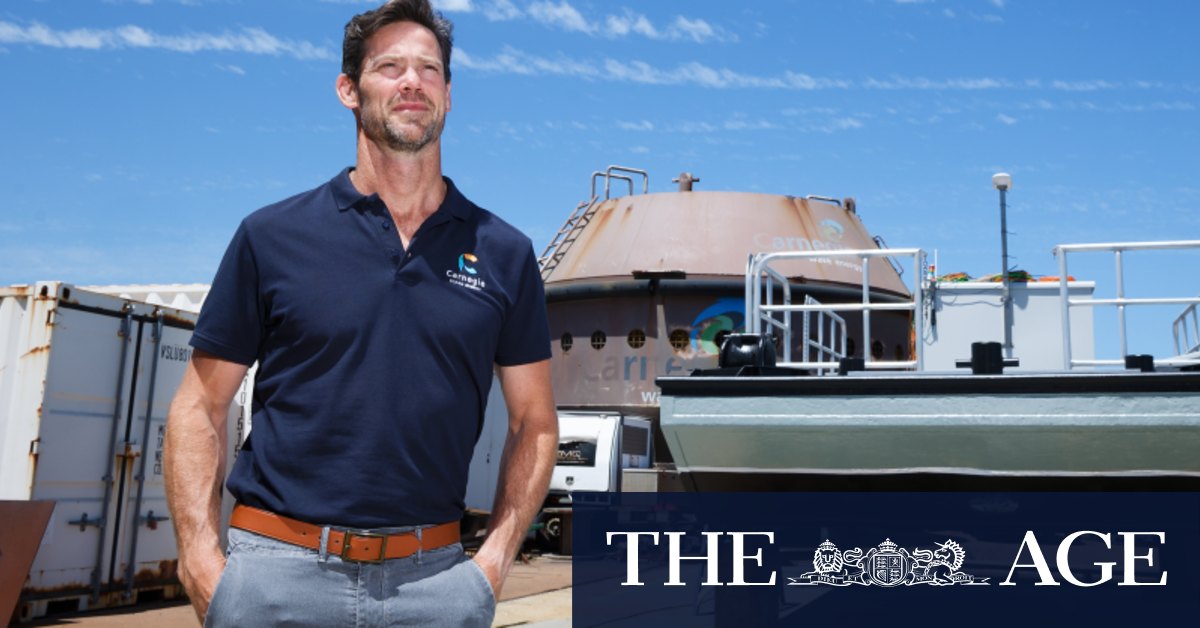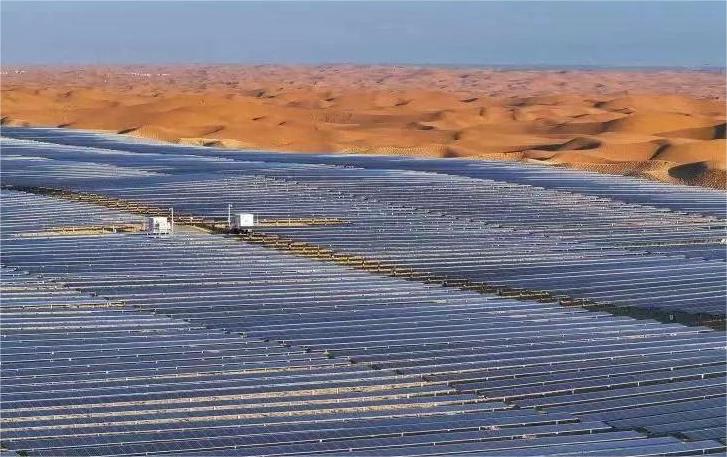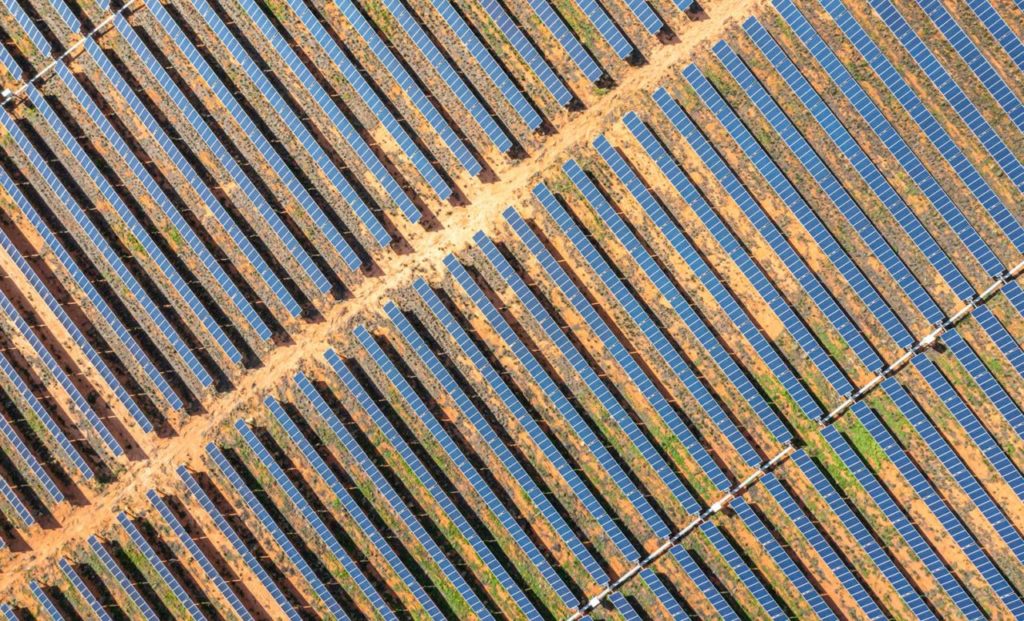Jonathan Fievez, CEO of Carnegie Clean Energy, aims to harness heavily patented technology for wave-to-electron conversion. As Australia’s coal-fired plants age, the need for alternative energy storage becomes urgent. Carnegie’s wave technology, utilizing submersible buoys, is a contender to address the firming gap, offering a renewable energy solution.
Hydrostor’s Emission-Free Compressed Air Plant
Hydrostor, a Canadian energy innovator, introduces an emission-free compressed air plant in Broken Hill, Australia. Addressing the challenge of longer-duration energy storage, Hydrostor’s compressed air technology involves underground storage and release of compressed air. This solution provides eight hours of back-up power during outages, contributing to Australia’s increasing need for firming capacity.
Invinity Energy Systems’ Vanadium-Flow Battery
Invinity Energy Systems presents Australia’s first commercial vanadium-flow battery near Port Pirie. Offering advantages such as longevity, large storage capacity, and unrestricted charge-discharge cycles, vanadium-flow batteries aim to enhance grid stability during peak demand. Connected to a solar farm, Invinity’s two-megawatt-flow battery employs a liquid electrolyte infused with vanadium for efficient energy storage.
Carnegie Clean Energy’s Submersible Buoy Technology for Wave Energy
Carnegie Clean Energy’s wave technology involves the use of submersible buoys to generate energy from ocean waves. The hockey puck-shaped buoys, equipped with electric winches, harness wave power as they lift with the passing waves. This innovative approach, with 70 patents covering various aspects, offers a sustainable solution for increasing Australia’s renewable energy output.
These innovations showcase diverse approaches to address Australia’s energy storage challenges, ranging from wave technology and compressed air storage to vanadium-flow batteries, contributing to the nation’s transition to a cleaner and more resilient energy grid.
Source: theage.com.au





